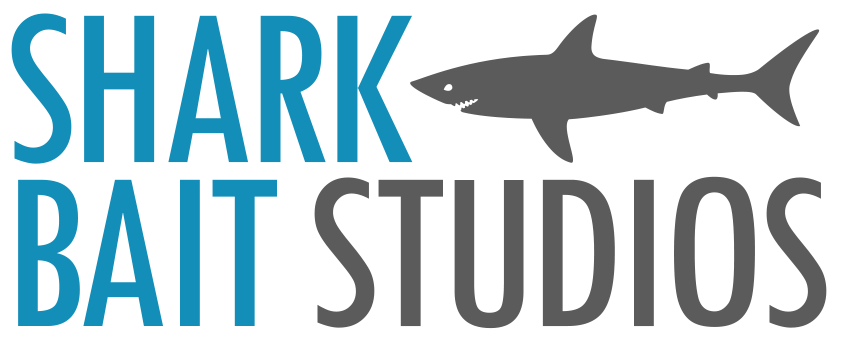Web Designer Insight – How People Read Your Site
Believe it or not, there are several different ways to access the content on your site. Your customers will use your site according to their specific requirements – and the way in which they browse your pages will differ considerably.
Tailor your content to reflect the different ways people browse your site, and you’ll improve the accessibility exponentially. In this blog post, we’ll show you how to tweak your content to appeal to all types of browser.
But First – What Types of Browser Are There?
Broadly speaking, browsers fall into three categories. They are:
· Skim-readers. These customers don’t want lots of detail. They’re looking for something specific and they want to access the information fast, without any hold-ups.
· Window-shoppers. Window shoppers are explorative. They want to see what you’ve got to offer, and they’re happy to do a bit of browsing on your site. However, they expect high-impact, interesting content; otherwise they’ll browse on another site instead.
· Intense explorers. These customers want to know all the little details – and if they think you’ve not included all the relevant information, they won’t be impressed. They’ll spend considerable time on your site, but only if you give them something interesting and valuable to look at.
Appealing to All Browsers – Some Tips
As you can see, people access your online content in different ways. The question is – how can you create web pages that meet their individual needs? Here’s a quick guide to help you.
1. Categorise your pages. Understand the function of each of your web pages, and tweak the content accordingly. For example, home pages tend to be skimmed quickly (to get a feel for your business, and to be directed to other pages). As a result, content on your home page should be short, sharp and to the point. However, a product page will require more detail, as an ‘intense explorer’ will want to know the facts before making a purchase.
2. Use photos and video wisely. Videos and images create visual interest on the page, and can help to hold the interest of the window-shopping browser! However, the intense explorer may find too many photos off-putting, and the audio from a video may prove irritating if they’re trying to concentrate.
3. Summarise. If you believe your web page is likely to be read by skim-readers and intense explorers alike – create a useful bullet-point summary near the top of the page. The skim-reader can quickly access the main points, whilst the intense explorer can get to grips with the bulk of the content.
4. Keep to expectations. Remember that certain pages come with an established status quo. It’s good to step out of the box, but if you go against expectation, you may confuse and irritate your audience. Contact pages, for example, are nearly always short and punchy. About Us pages, by contrast, are generally more in-depth.
5. Make navigation easy. Don’t be afraid to give your customers some direction. You may want to create a brief product page, but include a link to another, more in-depth page with related content – tailored for those who want to spend more time poring over the details. Direct them to it with a helpful button.
Web Designers in County Durham – Web Development Services
Updating your content to appeal to your audience is always advisable – after all, the people viewing your site are also (hopefully) the people that will be buying from you!
If you’d like a professional appraisal of your current content, plus some web design and development advice, simply get in touch with the Shark Bait Studios team today. You can call us on 01748 900321.

